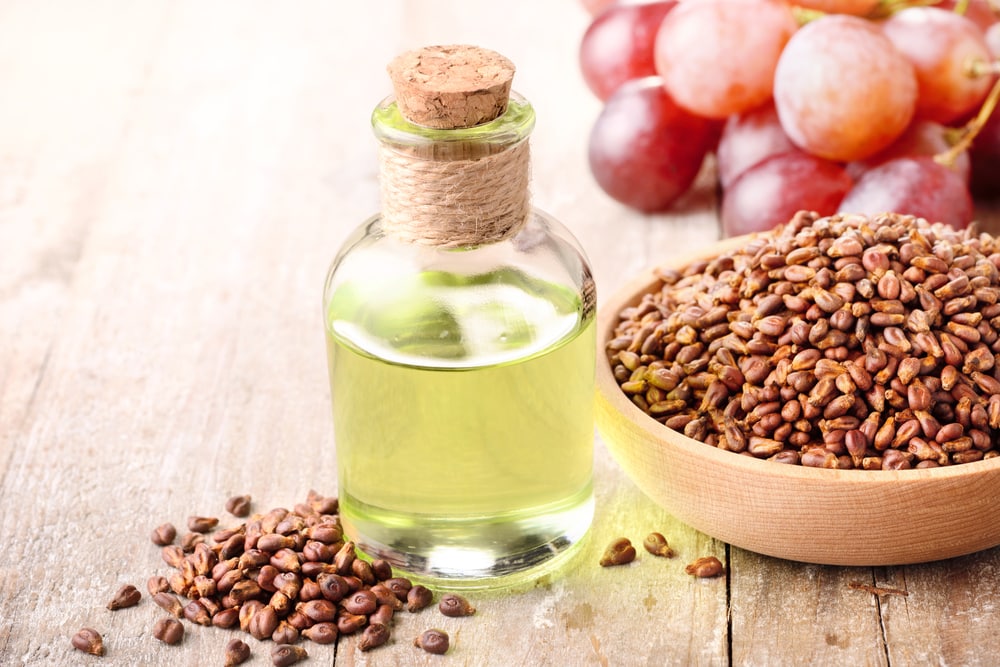
Nature has so much to give for mankind, that we are still wondered by some discovery with each passing day. These naturally occurring compounds that are found in plants and their extracts have health benefits for our well-being and nutrition that make a considerable difference in our overall life.
That is why you need to ensure you can get the most out of them and use them properly to get the desired results at the same time. Grape Seed Extract and Pycnogenol are two such elements that are used to extract proanthocyanidins.
They essentially give fruit or flowers their red blue or purple colors, but their utility and benefits exceed far more than just color. They can help prevent cancer and are also known for treating anxiety in many patients.
Proanthocyanidins are a great stress reliever and hence are used medicinally for many drugs across the world. While you can get them from both the grape seed extract and pycnogenol, there are some key differences between them both that you will need to be aware of. A few key differences between them both that you need to know about are:
Comparing Grape Seed Extract vs Pycnogenol
Grape Seed Extract
Grape Seed Extract is derived from the seeds of wine grape. It is essentially known to treat venous insufficiency, promoting wound healing and reducing inflammation. However, it is also pretty great for cardiovascular conditions. These are some of the primary usages that are common for grape seed extracts and are being used for. However, they are also being used for extracting the proanthocyanidins that are being used for a wide range of medicinal applications.
The grape seed extract is considered to be a superior source for proanthocyanidins. It is reported to have 92-95% OPCs, which is the highest naturally occurring OPC percentage that you can get on any of these flowers or fruits. That makes them the right choice for the companies to extract all those proanthocyanidins that are to be used for a wider range of applications.
The best thing about grape seed extract is that it is also more economical to get their hands on since most wine companies treat these seeds as a by-product and that makes them easily available for the extraction process. However, the process is a bit more complicated than you can think of and that might be causing you to have some problems with the process.
Pycnogenol
Pycnogenol is also a natural compound, but as opposed to the grape seeds extract, it doesn’t come from any fruit or seeds. The pycnogenol is found in the bark of a European breed of pine trees. It also contains healing properties such as antioxidant and stress relievers and is used for treating several conditions such as Asthma, allergies, high blood pressure, pain, diabetes, attention deficit, anxiety, and more. It can also be used for ADHD, so is widely used commercially by some pharmaceuticals to be used for drug-making processes and is consumed in natural form as well.
Pycnogenol is also a source for proanthocyanidins and has the second-highest naturally occurring proanthocyanidins percentage. It has 80-85% OPCs which is 7-15 percent less than the Grape Seed Extract, but since it is easier to get your hands on and extract directly from the bark of pine trees, you will not have to face the issues with extraction process or go through the complications of it.
Since the process to extract proanthocyanidins from Pine Tree bark is less complicated, you will be saving some bucks there, but the occurrence of this specific breed is limited to a certain area and that is something you will particularly need to be careful about.
The rare occurrence of the Pine bark and then the lesser quantity of proanthocyanidins that you can extract out of it makes it a bit more costly than the grape seed extract. So, if you are looking at these as the consumer, you will need to check out the requirements you have and consult a dietitian or physician who will be able to prescribe the type that is more suited for your condition and the one that you need to have.